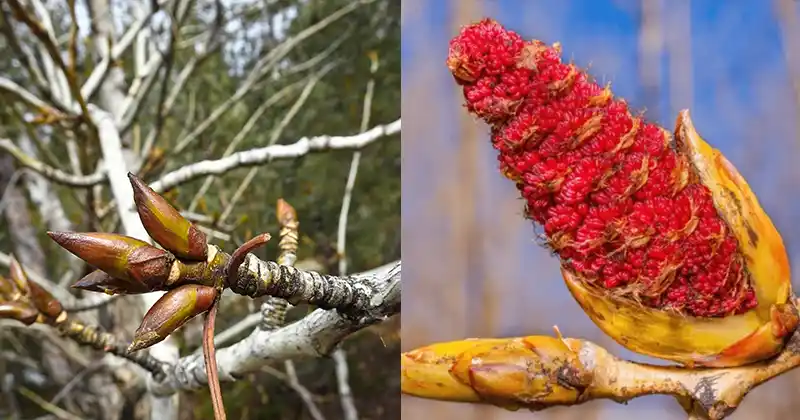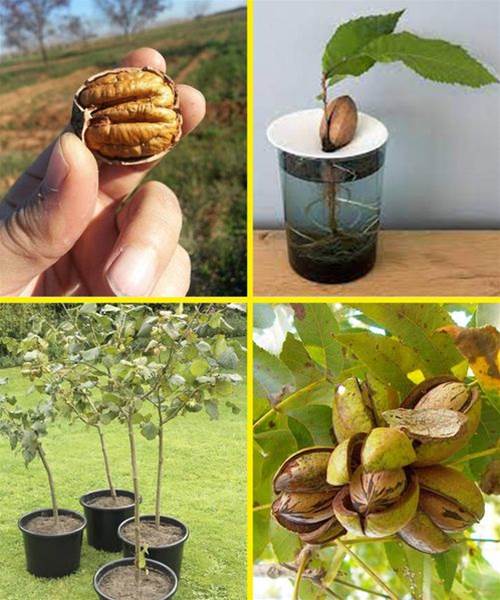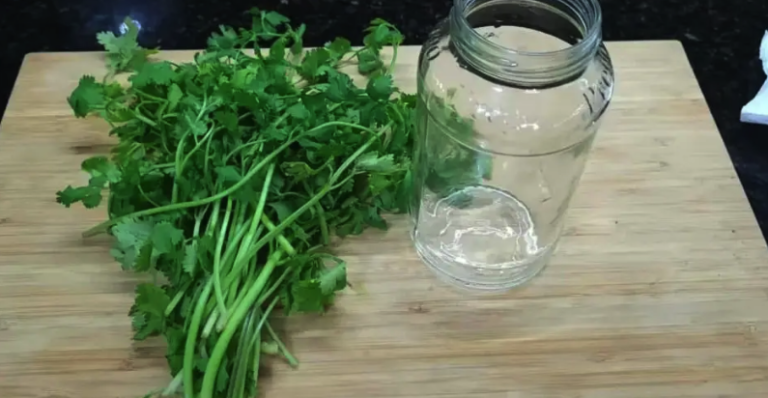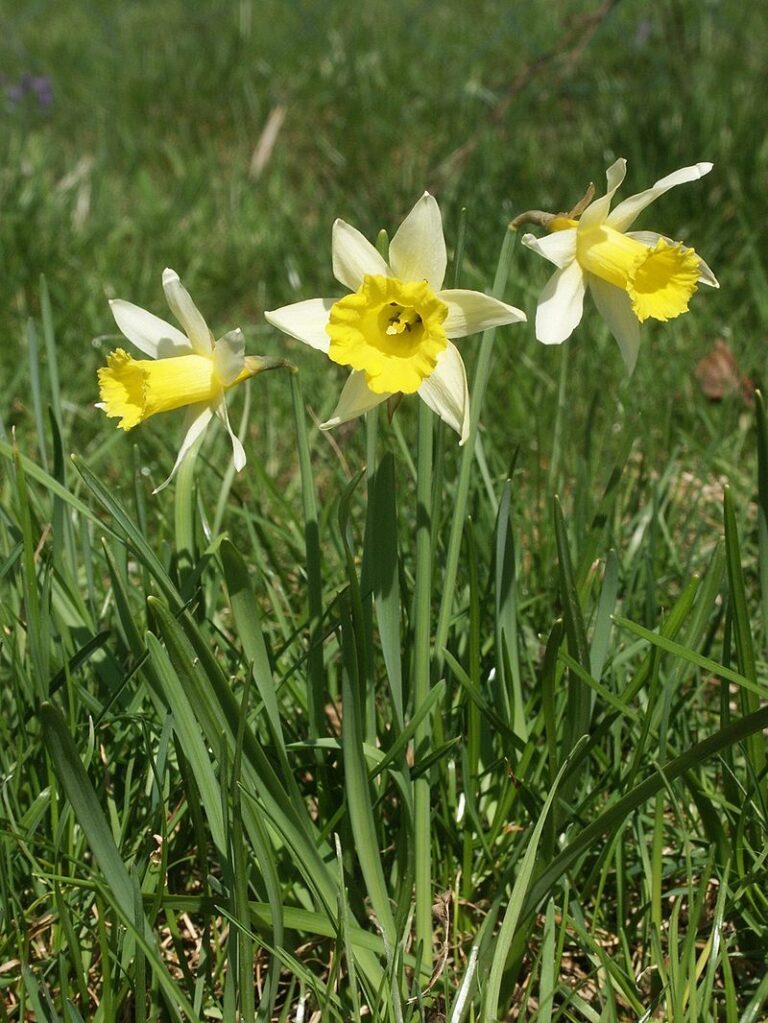The Cottonwood Tree: A Comprehensive Guide to Benefits and Uses
Cottonwood trees, belonging to the genus Populus, are prominent in North America, especially in moist, riparian zones. These trees not only add aesthetic value to landscapes but also offer a multitude of health benefits and practical uses. This guide explores the medicinal properties, harvesting techniques, and various applications of cottonwood buds.
Medicinal Benefits of Cottonwood
1. Anti-Inflammatory and Analgesic Properties:
- Cottonwood buds contain salicin, a precursor to salicylic acid (similar to aspirin). This compound is effective in reducing inflammation and pain, making it beneficial for conditions such as arthritis, muscle pain, and general aches.
- Traditional uses include applying cottonwood bud salve to sore muscles and joints for relief from pain and inflammation.
2. Skin Care:
- The tannins in cottonwood bark have astringent properties, which are useful in treating acne and oily skin.
- Cottonwood extracts can be incorporated into creams and lotions to promote wound healing, reduce irritation, and treat various skin conditions.
3. Respiratory Health:
- Cottonwood leaves can be used in steam inhalations to relieve respiratory issues such as congestion, bronchitis, and persistent coughs. This traditional remedy helps clear the airways and provides soothing relief.
4. Antioxidant Benefits:
- The leaves of cottonwood trees contain flavonoids, which offer antioxidant protection. These compounds help combat oxidative stress and reduce the risk of chronic diseases.
5. Wound Healing:
- Cottonwood’s tannins and other compounds have been traditionally used to treat wounds, promoting faster healing and reducing the risk of infection.
Harvesting and Preparing Cottonwood Buds
Harvesting:
- The best time to harvest cottonwood buds is in late winter or early spring, just before they begin to open.
- Look for buds that are sticky with resin, as these contain the highest concentration of beneficial compounds.
- Use pruning shears to clip the buds from the branches, ensuring you do not damage the tree.
Preparing Cottonwood Oil:
1. Ingredients:
- Fresh cottonwood buds
- Extra virgin olive oil (or any other carrier oil)
2. Steps:
- Pinch or blend the buds to help release the resin.
- Place the buds in a double boiler and cover them with olive oil.
- Heat the mixture on low, ensuring it does not boil, for several days until the oil turns a deep golden color.
- Strain the oil through a muslin cloth to remove solid particles.
- Store the oil in an amber glass jar to protect it from sunlight.
Making Cottonwood Salve:
1. Ingredients:
- 1 cup of cottonwood oil
- 1/4 cup of shaved beeswax
2. Steps:
- Heat the cottonwood oil on low and slowly add beeswax shavings, stirring until melted.
- Test the consistency by allowing a small amount to cool. Adjust by adding more oil or beeswax if necessary.
- Pour the mixture into small containers and allow it to cool completely.
- Use the salve to soothe sore muscles, treat minor burns and scrapes, and soften rough hands.
Cottonwood Bud Tincture:
1. Ingredients:
- Fresh cottonwood buds
- High-proof grain alcohol (such as Everclear)
2. Steps:
- Fill a jar with cottonwood buds and cover them with alcohol.
- Seal the jar and let it steep for 6-8 weeks, shaking it occasionally.
- Strain the tincture through a fine mesh sieve lined with muslin cloth.
- Store the tincture in dark dropper bottles.
3. Usage:
- Take small doses (15-30 drops) in water every few hours to relieve pain, reduce fever, and alleviate respiratory issues.
Environmental and Practical Uses of Cottonwood
1. Environmental Benefits:
- Cottonwood trees help stabilize soil with their extensive root systems, preventing erosion and protecting against floods.
- Their dense foliage provides shade, lowers urban temperatures, and reduces energy consumption.
- Cottonwood trees act as carbon sinks, absorbing and storing carbon dioxide, thus mitigating climate change.
2. Wildlife Habitat:
- Cottonwood trees provide habitat and food for various wildlife species. Birds nest in their thick branches, and small mammals feed on their seeds and buds.
- The presence of cottonwood trees promotes biodiversity and supports the overall health of ecosystems.
3. Practical Uses:
- The wood of cottonwood trees is used for making fence posts, fuel, and small handcrafted items like bowls and statues.
- Indigenous cultures have utilized cottonwood for making tools, mortars, and even musical instruments.
Disclaimer
The information provided in this article is for educational and informational purposes only and is not intended as medical advice. Always consult with a qualified healthcare professional before using any herbal remedies, especially if you have existing health conditions, are pregnant, or are taking other medications. The benefits and uses described are based on traditional practices and scientific studies; however, individual results may vary. Use herbal products responsibly and be aware of any potential allergies or side effects.
The cottonwood tree is a versatile and valuable species, offering numerous health benefits and practical uses. From its anti-inflammatory and skin-healing properties to its role in environmental conservation, the cottonwood tree is an essential part of both traditional and modern herbal practices. By learning how to harvest and prepare cottonwood buds, you can harness the full potential of this remarkable tree for health and well-being.







